Chemistry and Chemists № 1 2025
Journal of Chemists-Enthusiasts
| Content | Chemistry experiments - video | Physics experiments - video | Home Page - Chemistry and Chemists |
|
Chemistry and Chemists № 1 2025 Journal of Chemists-Enthusiasts |
Fake molybdenum Chemist |
|
Having noticed a mistake in the text, allocate it and press Ctrl-Enter
For my experiments, I needed a filament. Since I was working in an environmental lab that doesn't typically deal with this kind of work, I had to improvise with what was available. I found two potential options:
1. A stainless steel scourer (stainless steel wire wool). Although labeled "stainless," it rusts easily. The scourer could be unraveled into steel threads, which were relatively thick and rectangular (more like narrow strips). The width and thickness of these threads varied greatly. While not ideal-these threads did not heat up from batteries - if provided with a strong enough current, they did work (they heated up and burned out). 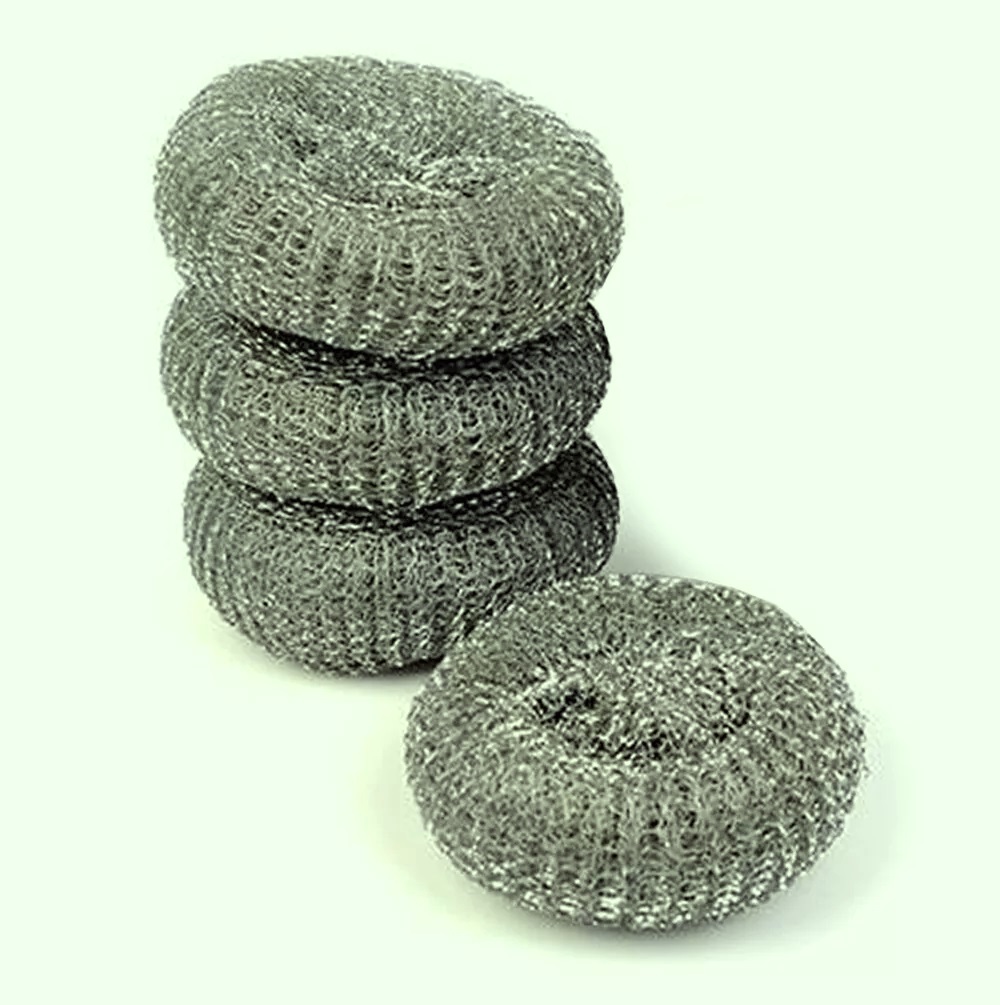 2. Tungsten spirals from low-voltage incandescent lamps (3.5V, 12V, etc.). This was a more solid and reliable option, but I was reluctant to file down the glass of the bulbs to access the spiral. This is delicate work, and one wrong move could destroy the spiral. I started with the steel threads, setting the incandescent bulbs aside for later. While I was working, a colleague visited and brought a spool of molybdenum wire with a diameter of 100 microns. The wire was yellow - apparently coated with something. However, the wire did not heat up significantly from the batteries I had on hand, only from a lead-acid battery with a voltage of 6V. I used this wire for several weeks until I noticed that a small piece of it... was magnetized to the pliers. I checked it with a weak magnet: the wire was strongly attracted. Moreover, the wire wound on the paper was held by the magnet along with the paper. Molybdenum definitely does not have ferromagnetic properties, or I don't understand anything about life. It turns out that instead of molybdenum wire, my colleague had bought a wire made of black steel coated with something yellow. The spool was labeled: "Gold Molybdenum Wire", but as we've seen, labels can be misleading. Not only do sellers often lie with impunity, but words can also be interpreted in different ways. For example, "golden" can mean "made of gold," or it can simply mean "yellow and shiny." |
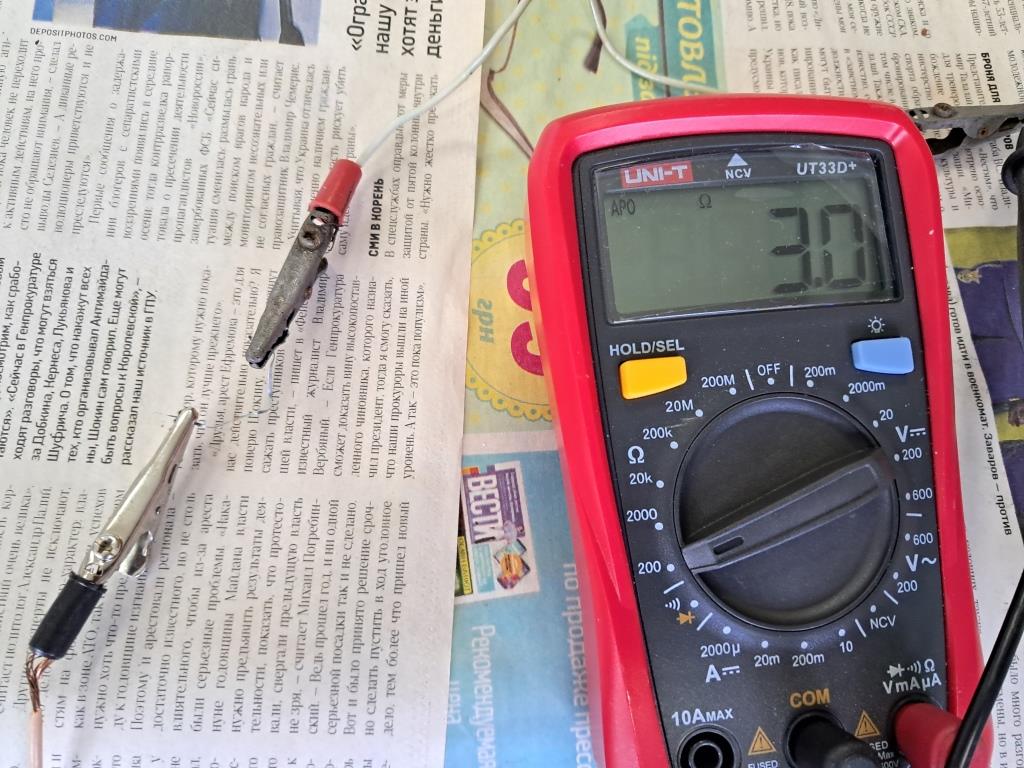
|
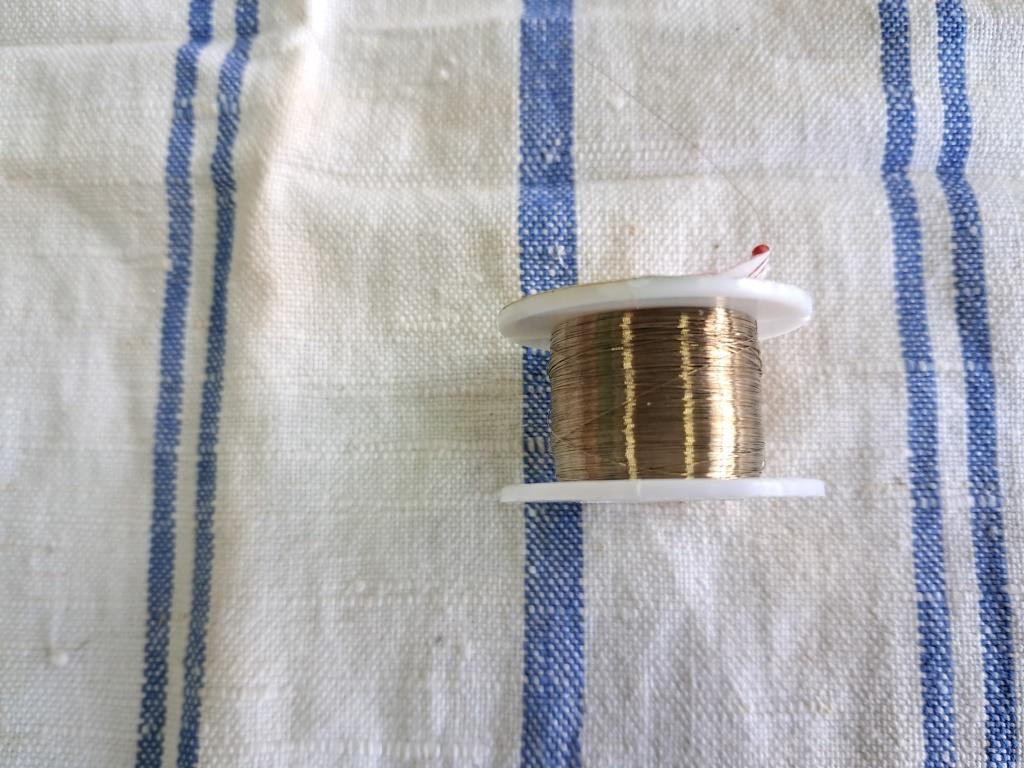
|
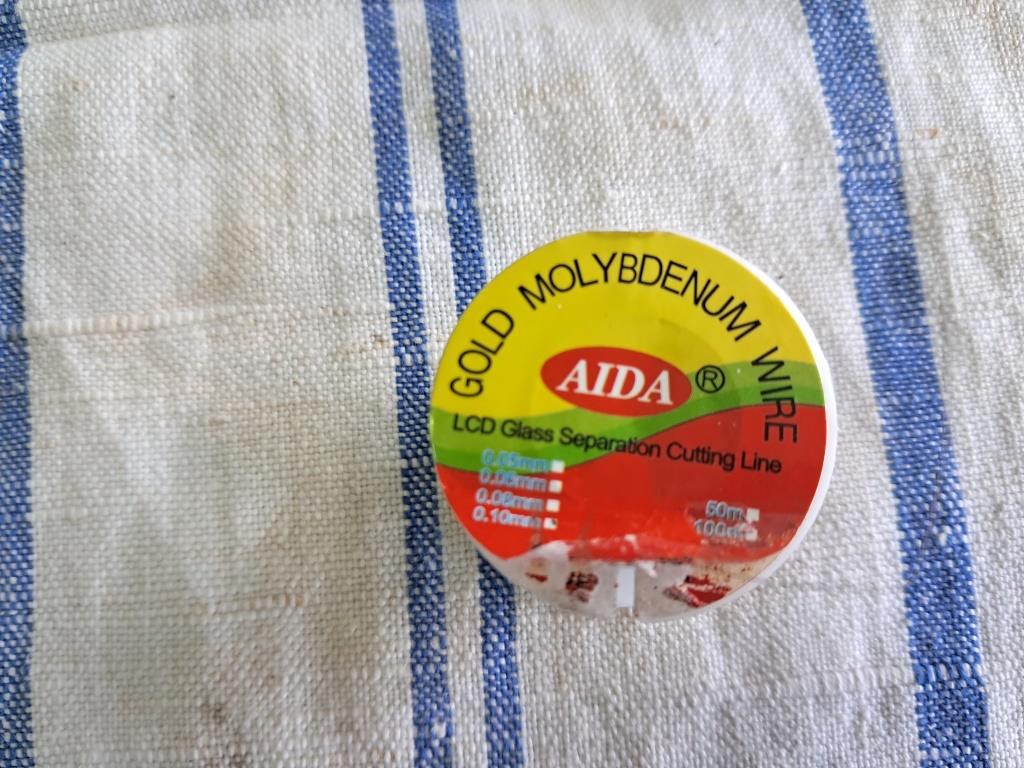
|
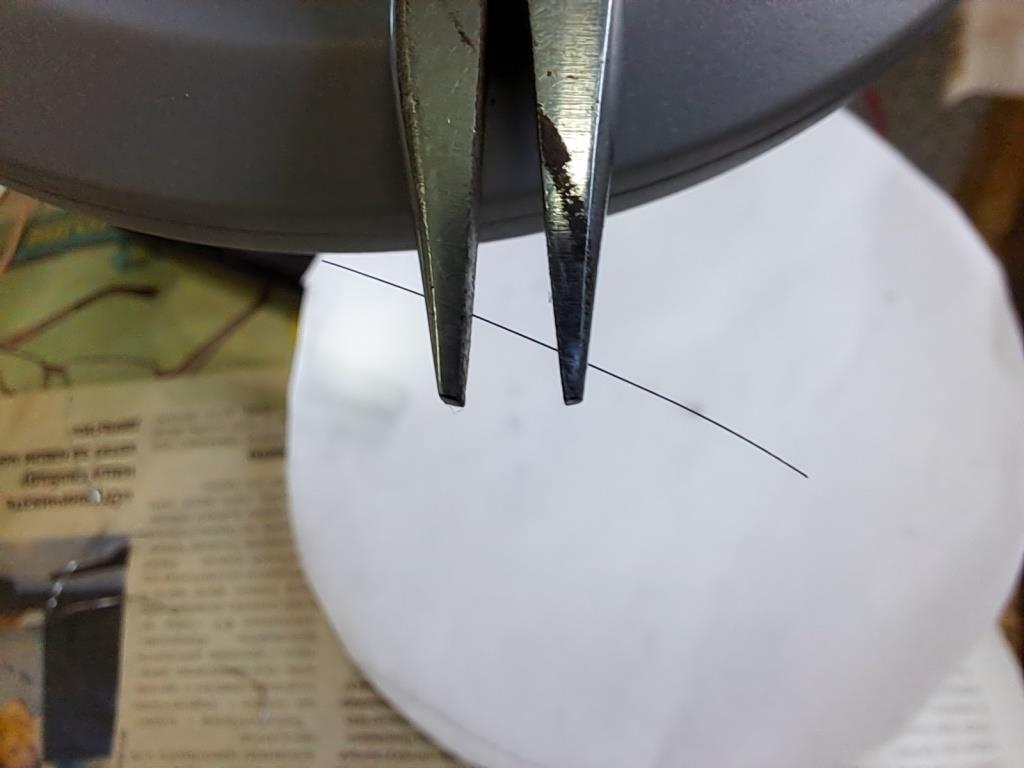
|
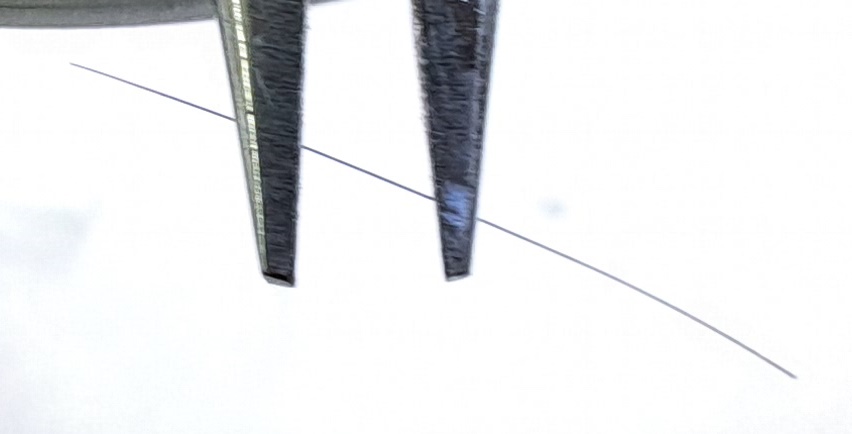
|
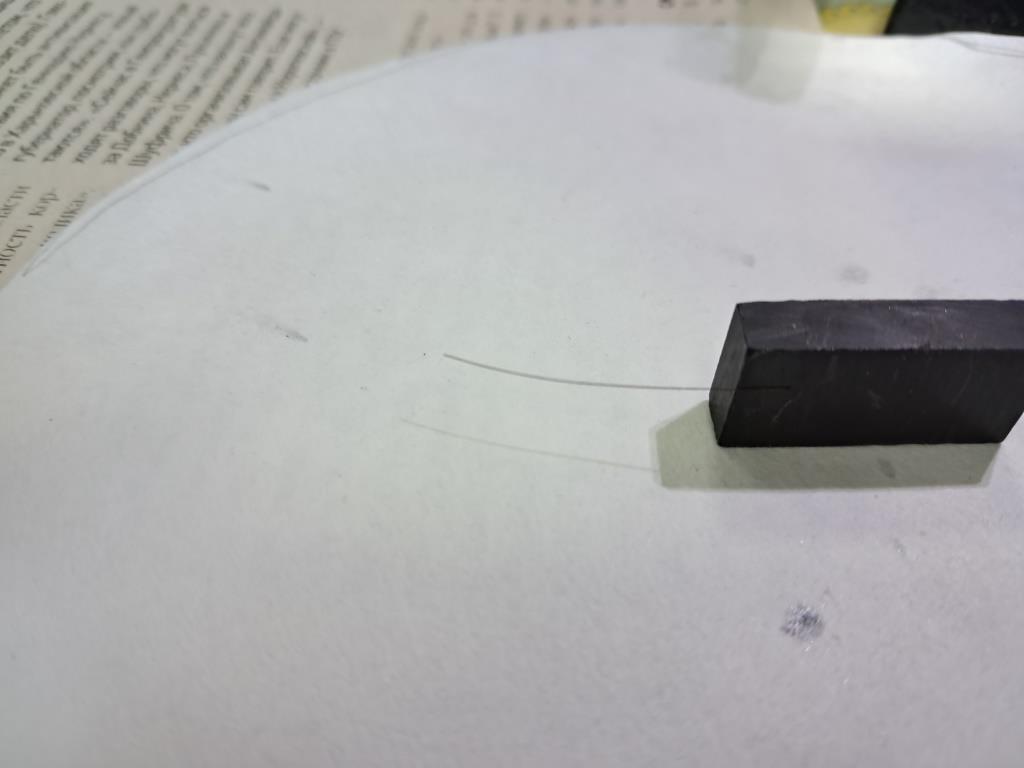
|
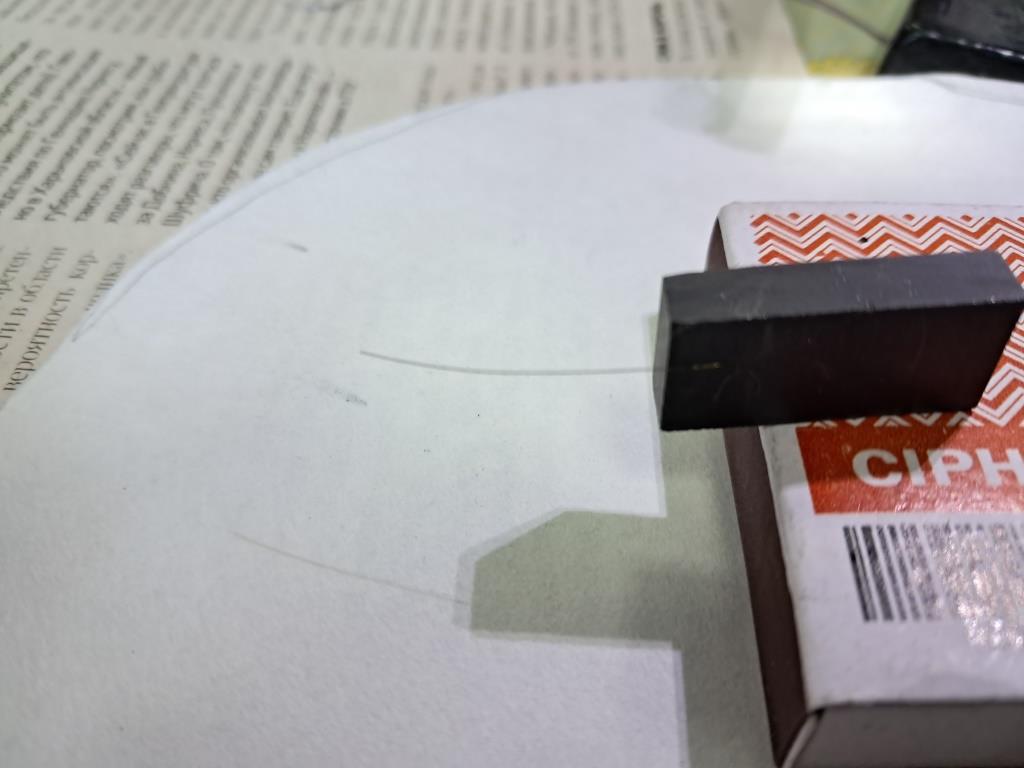
|
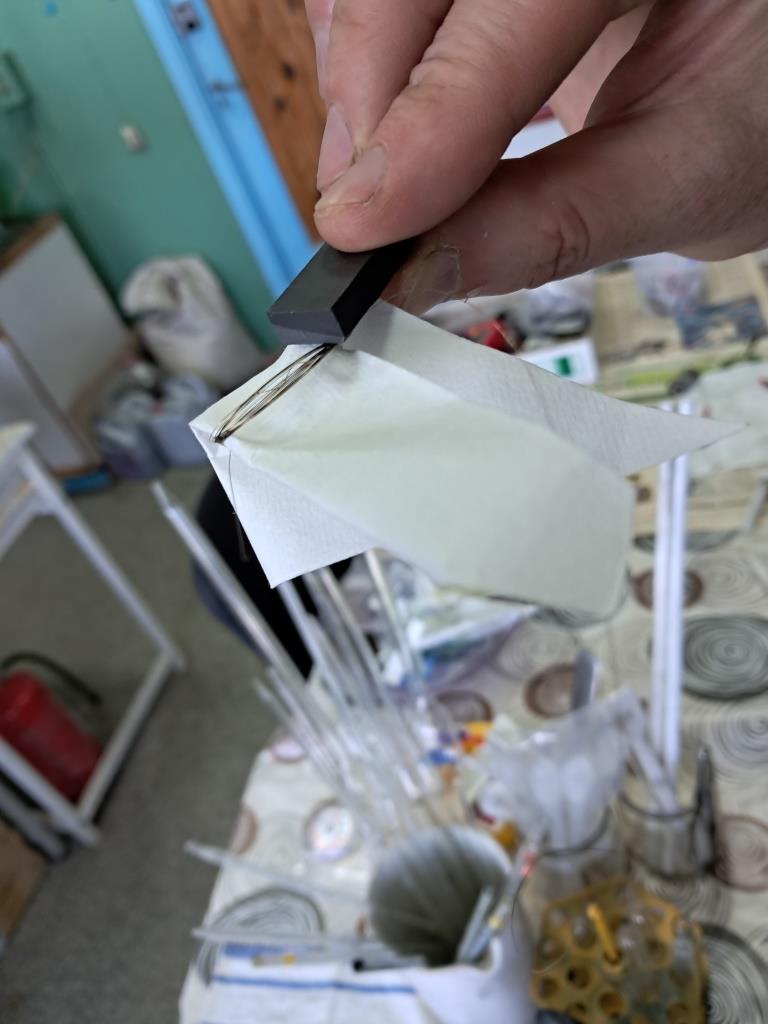
|
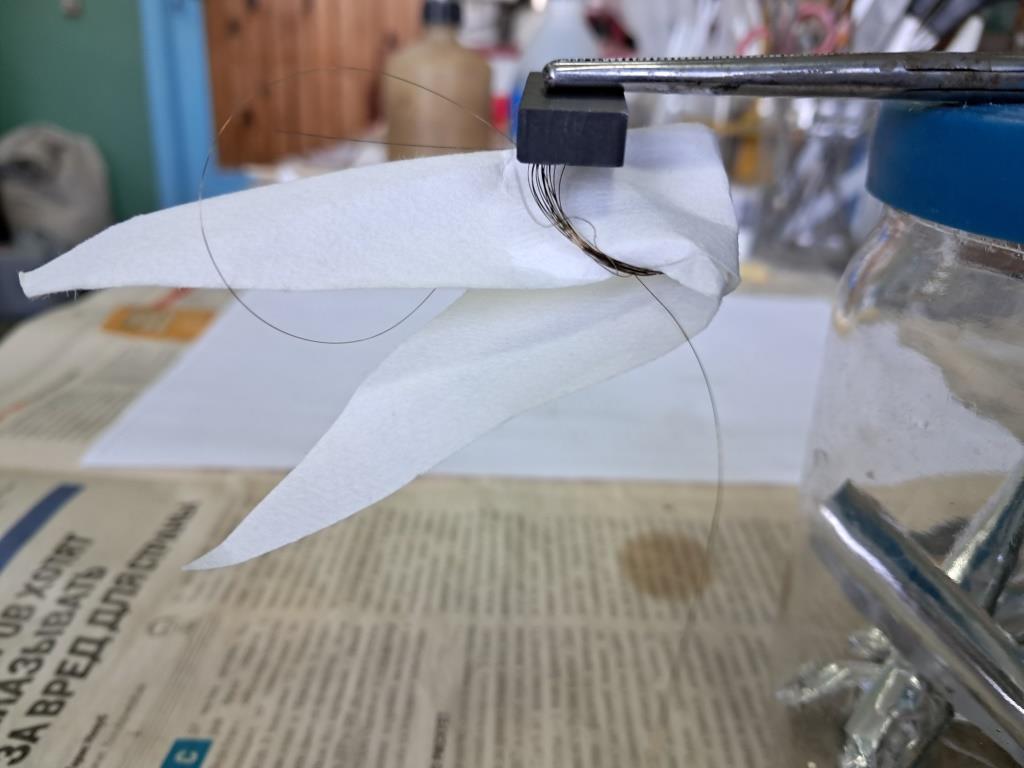
|
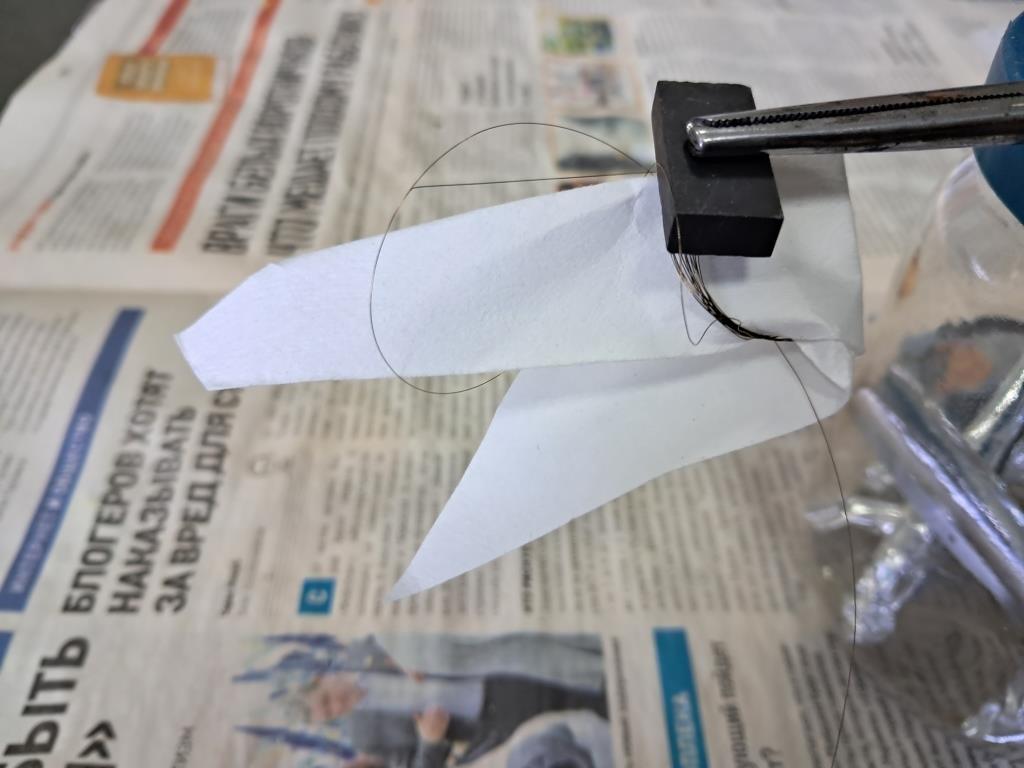
|
|
By this time, my colleague had brought me another spool of "molybdenum wire," this time 50 microns thick. He bought it in a store, where the display case was labeled "molybdenum wire." However, when I looked at the label on the spool itself, there wasn't even the word "molybdenum" on it, so I didn't use it.
It turned out that my colleague knew the first wire was attracted by a magnet. He claimed that he dissolved a piece of the wire and conducted a test, finding molybdenum. If this is true (which I doubt), then the wire might be made of molybdenum-alloyed steel. |
|
К этому времени коллега принес мне еще один моток "молибденовой проволоки", на этот раз толщиной 50 мкм. Эту проволоку он купил в магазине, на витрине была этикетка "молибденовая проволока". Однако я посмотрел этикетку на самой катушке и в этот раз не обнаружил там даже слова "молибден", поэтому не стал ее использовать.
Оказалось, коллега знал, что первая проволока притягивается магнитом. Он утверждает, что растворил немного проволоки и провел качественную реакцию, обнаружив молибден. Если это правда (в чем я не уверен), проволока представляет собой сталь, легированную молибденом. |
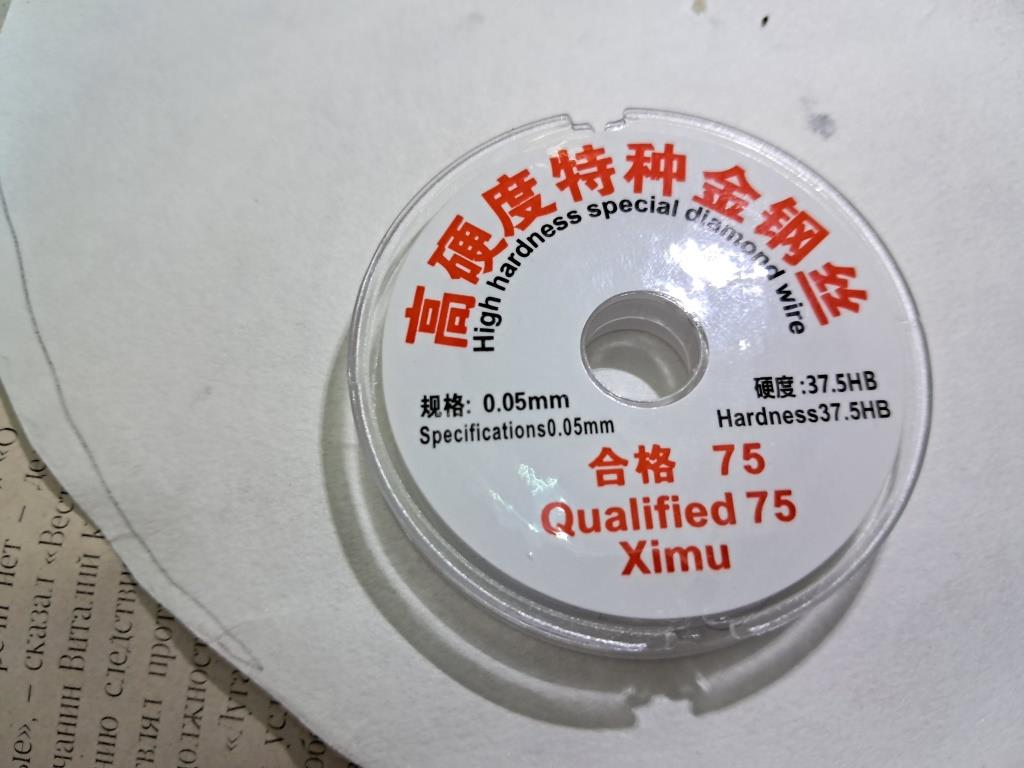
|
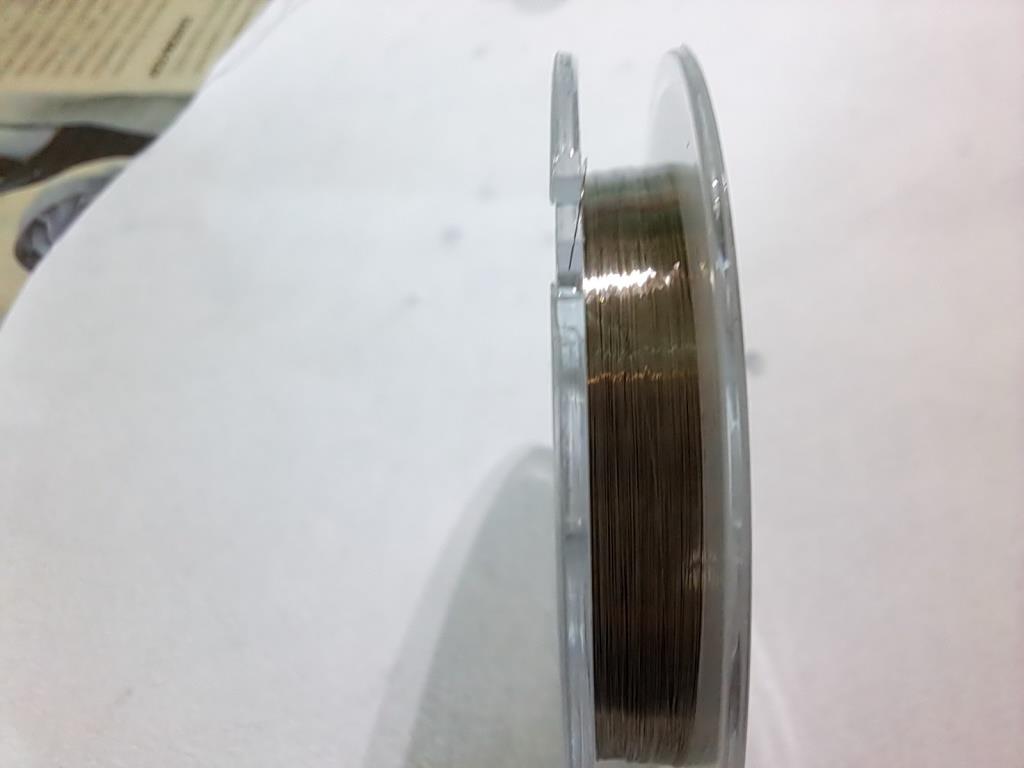
|
|
Комментарии
К1
Когда - то, ещё в институте, работал на кафедре. Понадобился изоамиловый спирт. В шкафу стоит бутылка - заводская, неоткрытая, но почему - то не реахимовская, а типа водочной с винтовой пробкой. Надпись, как положено, большими буквами - изоамиловый спирт. Думаю - на спиртзаводе сделали в качестве побочного продукта. Открыл, понюхал - этанол! Взболтал бутылку - по вязкости - этанол! Тщательно изучил этикетку и нашёл таки: эталон максимальной концентрации изоамилового спирта в этиловом для ликеро - водочных заводов. Это понять из текста на этикетке было совсем не легко; никто за несколько лет и не понял :)Это, конечно, не фальсификация, но ведь обычно никто не проверяет закрытых на заводе реактивов и не читает невразумительный текст мелкими буквами внизу этикетки... |